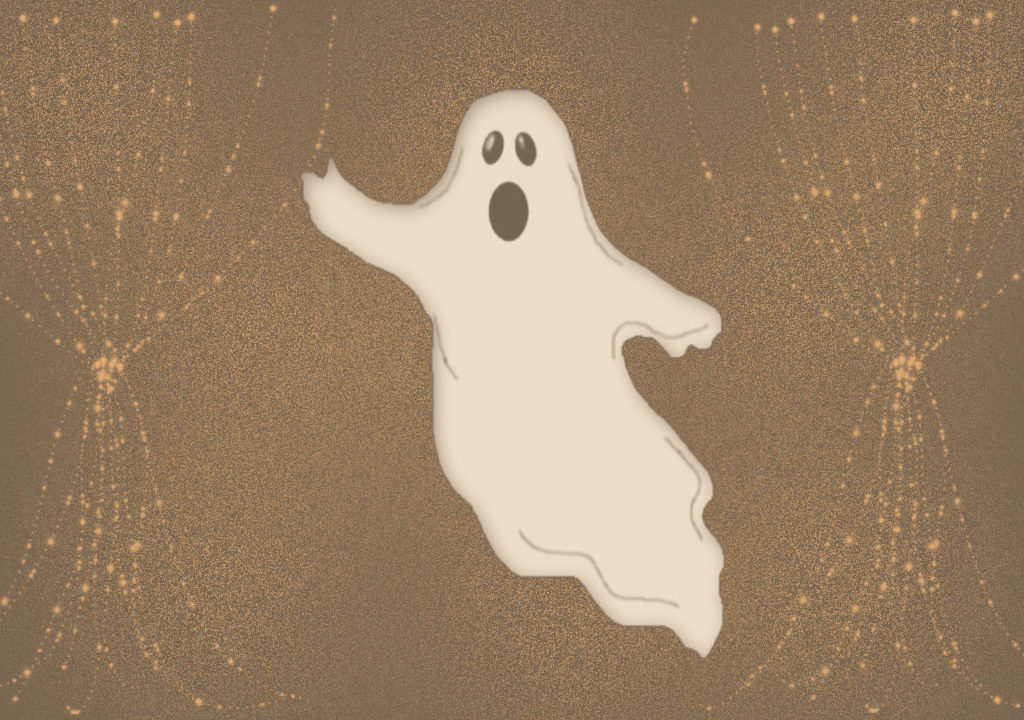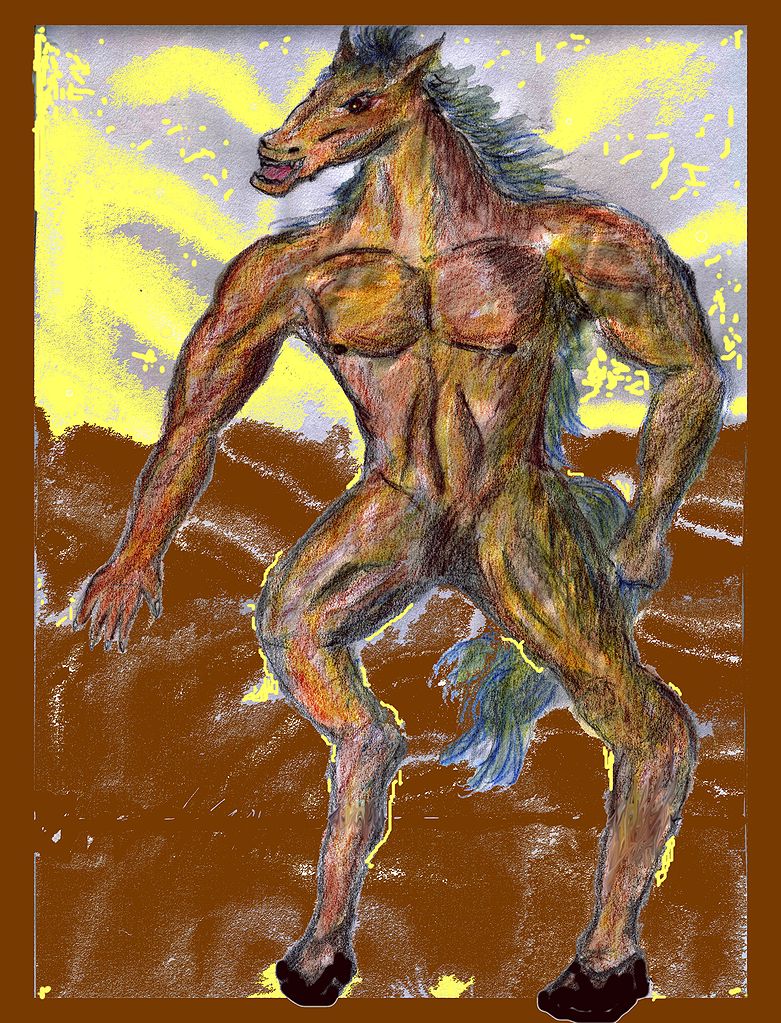Pocong
A ghostly figure of Indonesian origin, but also found in Malaysian and Singaporean lore, pocong means “wrapped in a shroud” in Javanese.
In accordance with Muslim funeral practices, the deceased is wrapped in a length of white cloth, which is bound in several places with string. Once the body is lowered into the grave, the knots of the ties are loosened.
Pocong are souls still trapped in their white shroud, unable to pass into the afterlife, possibly because someone forgot to untie the knots binding their funereal covering. As a result, they float from place to place or hop around with their bound hands and feet (as popularly and sometimes comically portrayed in film).
Transforming yourself into a pocong is as easy as 1-2-3, but you may need a friend to help tie you up. To look the part, you’ll need a white sheet, some strips of cloth and handfuls of fresh soil from your garden.
Rub the soil on the white sheet to give your shroud a fresh-from-the-grave appearance and then wrap it around your head and body. You can also smear some soil on your face. Get a friend to assist with securing the cloth strips around your neck, waist, and knees and you’re ready to roll (or hop, in this case).
 Preta
Preta
In Thai Buddhist mythology, ungrateful or materialistic people run the risk of being reincarnated as preta, hideous skeletal creatures said to grow as tall as palms.
Preta are also known as hungry ghosts as their tiny pinhole mouths, perhaps as payback for the rude and arrogant words uttered in their previous incarnation, do not allow food to pass through.
These ravenous beings are often showcased with their palms pressed together, symbolising their perpetual appeal for forgiveness.
This ghoul may be a hard act to emulate if you’re vertically challenged, but is still worth a try. Just rent a skeleton outfit and press your palms together over your head when making the rounds at parties and bump into people.
If they are familiar with Thai spirits, they’ll know you’re saying sorry for your misdeeds.
Ma phae wah
In Myanmar, families with young children fear ma phae wah, the apparition of a young woman garbed in a yellow robe or sarong, with a small child-sized casket hoisted on her shoulders.
According to local belief, if a ma phae wah lays the coffin down in front of a home, a child in that household will succumb to illness.
The story of ma phae wah dates back to the 19th century, when an innocent young woman was accidentally killed by her devoted brother, who had mistaken her for a demon while drunk.
 Her wandering spirit pleaded with a local abbot, in a dream, for a place to live. He acceded to her request and allowed her to occupy the village cemetery where she became a guardian spirit.
Her wandering spirit pleaded with a local abbot, in a dream, for a place to live. He acceded to her request and allowed her to occupy the village cemetery where she became a guardian spirit.
In the 1990s, however, ma phae wah appeared in another monk’s dream. This time, she announced her intention to feast on the flesh of babies, which resulted in a more sinister portrayal of ma phae wah.
Whether this legend is true or not, dressing up as ma phae wah, with a coffin in tow, is sure to strike fear.
All you’d need is a flowing yellow robe, a long, black wig to replicate ma phae wah’s beautiful tresses and a small DIY cardboard coffin that you can carry on your shoulders. Oh, and don’t forget to powder your face a ghostly white.
Tikbalang
With long, bony limbs, the head and hooves of a horse and a humanoid body, the tikbalang is believed to skulk in the mountains and forests of the Philippines, waiting to devour unsuspecting victims.
 This tall creature is said to play tricks on people wandering into its forest lair, sending them in circles and causing them to lose their way. Once a victim is cornered and too exhausted to put up a fight, the tikbalang will strike and claim its next victim.
This tall creature is said to play tricks on people wandering into its forest lair, sending them in circles and causing them to lose their way. Once a victim is cornered and too exhausted to put up a fight, the tikbalang will strike and claim its next victim.
This may not be the easiest of ghosts to imitate, but if you can find yourself a scary-looking horse mask, then put that on with a dark-coloured top and pants to recreate this demon horse of Filipino lore.
Pontianak
The spirit of a woman who died violently or during childbirth, the pontianak is one of the most feared beings in Indonesian, Malaysian and Singaporean folklore. (Fun fact: It played a role in the founding of Pontianak, the capital of Indonesia’s West Kalimantan province.)
These vengeful spirits, often depicted with long, flowing hair, a white robe and fangs, are said to prey on men, feasting on their blood like a vampire and ripping apart their bodies with their bare, clawed fingers.
According to legend, the pontianak appears at night, floating down from her treetop perch to hunt unsuspecting prey. Clues to her impending arrival include the sweet scent of frangipani followed by the stench of decaying flesh and girlish cackling.
While the pontianak is said to take on the visage of a beautiful woman to entice her victims, her fearsome post-conquest look – white-faced with unkempt hair – is easy to put together.
To copy the look, you’ll need a long white dress or a white sheet with a hole cut through the middle to slip over your head. For dramatic effect, be sure to paint on a few red splotches to mimic the bloodstains of victims devoured.
Next, powder your face white and contrast your pale, ghostly pallor with dark lipstick befitting the anemic lips of the dead. Complete this vampiric image with a set of plastic fangs, their tips dipped in red paint, and a messy waist or ankle-length black wig.
According to airasia.com














